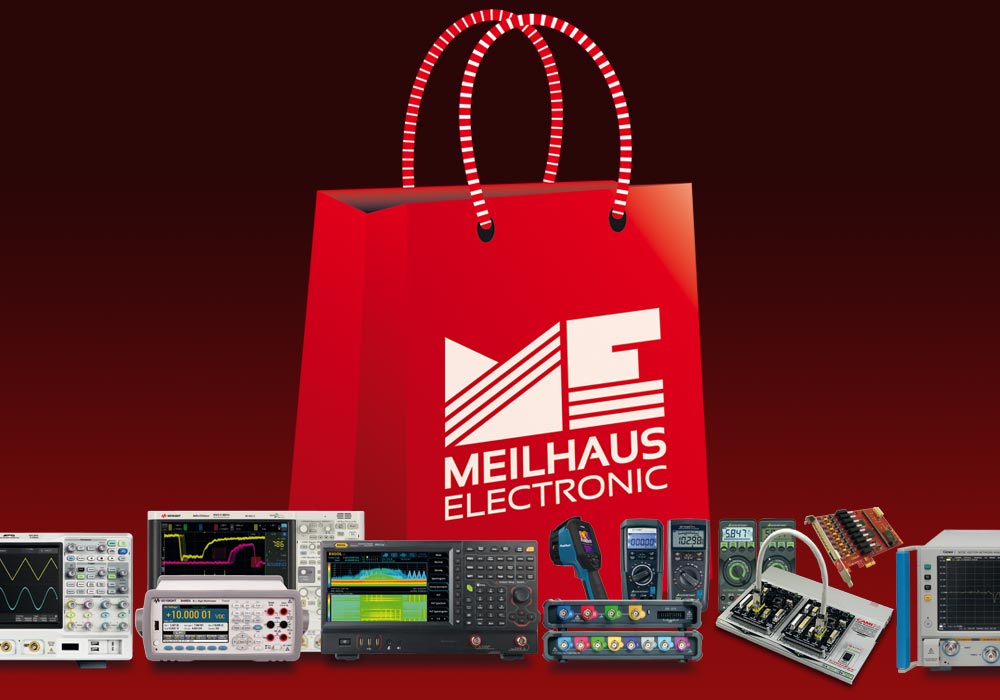Logic Analysis, Mixed-Signal
Logic Analyzers...
...are measuring instruments for recording and displaying the course of logic signals/digital signals over time. The principle operation is similar to that of an oscilloscope, but with some major differences: Logic analyzers do not acquire analog voltage curves like an oscilloscope, but pure digital signals/logic signals (high/low, 0/1, for example with CMOS or TTL level). Accordingly, in the simplest case, only the two discrete logic levels are displayed on the Y axis oder time (depending on the model, other values are possible, for example undefined states or the Z/high impedance state of a digital line. Furthermore, logic analyzers offer more inputs compared to the oscilloscope, as they are often used to analyze multiple lines or parallel buses (typically 8, 16 and more - oscilloscopes usually offer 2 or 4, rarely also 8 analog inputs). Accordingly, decoding and analyzing protocols is part of the standard repertoire of logic analyzers. They are used for testing, analysis and debugging of digital circuits and analysis of data transmission interfaces and data buses.
Mixed Signal Oscilloscopes (MSO)...
...are a combination of oscilloscope and logic analyzers, i.e. oscilloscopes for "mixed analog and digital signals". A mixed signal oscilloscope combines a 2-, 4- or 8-channel oscilloscope with an 8- or 16-channel logic analyzer. It enables the user to examine analog and digital channels in exact time relation, i.e. on the same time axis. Such a hybrid device saves space, costs and complexity compared to single devices. The digital channels of an MSO can represent individual control signals or be grouped together as a bus. Many mixed signal oscilloscopes offer advanced triggers that can be set for both analog and digital channels and allow decoding and analysis of various serial protocols as standard or as an option. While MSO analog channels are implemented with BNC connectors for probe connection, the digital/logic channels are usually implemented with ribbon cables and connectors for logic clips, as in logic analyzers.
Last seen







































